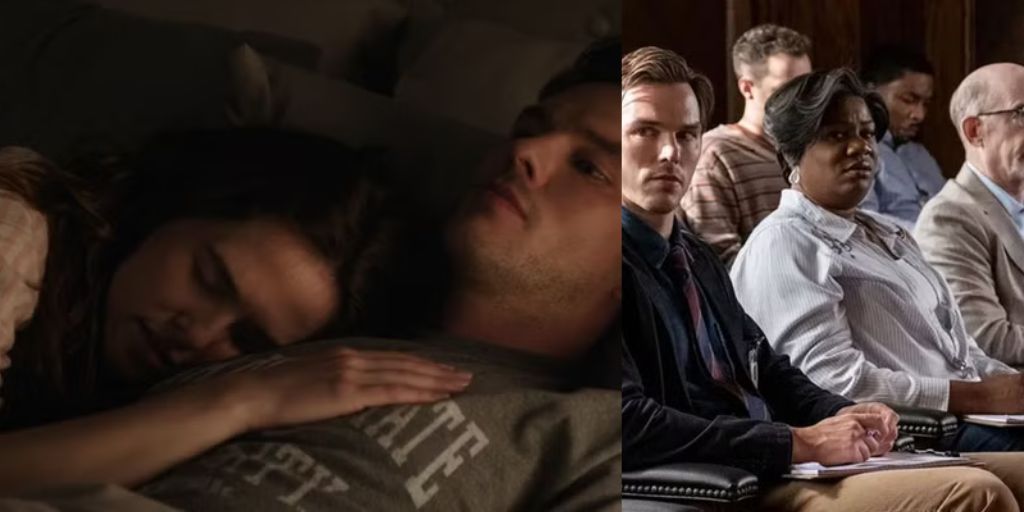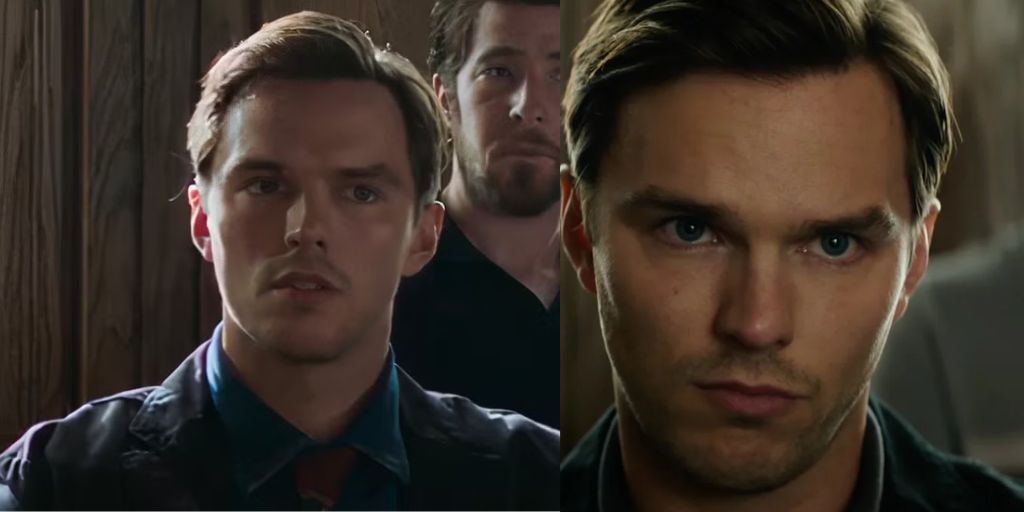Clint Eastwood is a well-respected name in cinema, recognized for his talents both in front of and behind the camera. His career spans decades and includes numerous iconic films that have shaped modern American cinema.
With 40 films as a director, he has created time-honored classics such as The Outlaw Josey Wales, The Bridges of Madison County, Mystic River, Unforgiven, and Million Dollar Baby, both of which won the Academy Award for Best Picture and Best Director. Eastwood’s latest endeavor, Juror #2, appears to be a significant addition to his filmography, potentially marking his final film project.
The film continues Eastwood’s longstanding scheme of justice, this time through the lens of a jury. As the story unfolds, it focuses on the jurors and their deliberations. A critical moment occurs when a juror (the second one) realizes he has a connection to the murder victim.
This revelation creates a situation that threatens not only the trial but also his own life. The film raises the question: at what cost does justice come? While the performances and cinematography are strong, the film struggles with some narrative choices that undermine its potential.
What Is Juror #2 About?
Juror #2 centers around Justin Kemp, played by Nicholas Hoult, an ordinary family man who serves on a jury for a high-profile murder trial. The case initially appears to be straightforward. A woman’s body is discovered brutally smashed on the rocks of a riverbed.
Witnesses point to her boyfriend, who is drunk and aggressive, as the prime suspect in her murder. As the trial begins, Kemp’s personal life adds tension to the courtroom drama. His wife, Ally, portrayed by Zoey Deutch, is about to give birth to their first child after experiencing a previous loss, making this pregnancy a source of high emotion and pressure for him.
As the trial progresses, Kemp is confronted with a terrible realization. He recognizes a past mistake that connects him to the victim in ways he cannot ignore.
This realization complicates the case and threatens the outcome for both the trial and the accused man. Kemp grapples with his guilt, which propels the jury deliberations into uncharted territory. He wants to see justice served, but he also feels the weight of his own past mistakes pressing down on him.
A Film with Strong Performances Undone by Inadequate Details
Juror #2 is primarily a legal thriller, but it also serves as a character study. The film centers on Kemp’s emotional struggles as he begins to believe he may be partially responsible for the young woman’s tragic death.
Much of the narrative revolves around Hoult’s character, who delivers an exceptional performance filled with emotional depth. He faces the tightrope between doing what is right and protecting his family, which creates a gripping internal conflict.
Alongside Hoult, Toni Collette shines as Faith Killebrew, an ambitious prosecutor. Killebrew is determined to seek justice, and her drive adds tension to the courtroom proceedings.
She is portrayed as a bulldog of sorts, fiercely committed to her case, which leads to complications for Kemp as he tries to reconcile his past with his current obligations. J.K. Simmons also brings depth to his role as a former detective turned juror, who begins to question the process and goes rogue during the trial. His character adds an additional layer of complexity to the narrative.
While the performances in Juror #2 are commendable, the film suffers from moments that stretch the limits of believability. One major plot point hinges on the improbable coincidence that a juror happens to be in the right place at the right time to connect with Kemp’s backstory. This kind of plot contrivance, which seems designed to drive the narrative forward, feels forced and takes away from the film’s full impact.
Another instance occurs when a particularly rigid juror confronts Kemp, suggesting he has noticed something off about him. The evidence presented is a weak combination of so-called facts that fail to cohere.
Additionally, when Kemp reaches a pivotal decision regarding his stance on the case, the other jurors quickly fall in line with his choice. This convenience is frustrating, as it undermines the complexities of the jury’s deliberations, reducing them to mere plot devices rather than realistic interactions.
Plot Contrivances and Inconsistent Details
The film is filled with small details that do not quite hold up under scrutiny. For instance, throughout Juror #2, viewers hear a range of accents among the characters, but Collette’s Georgia accent stands out as nearly the only one. This inconsistency might seem minor, but it adds to a sense of dissonance within the film.
Moreover, when a juror expresses doubt about the official autopsy report based on certain injuries, the details surrounding how the death occurred do not align with those injuries.
This kind of inconsistency detracts from the film’s credibility. Although Juror #2 features strong performances at its core, the supporting characters sometimes come off as caricatures. This makes it difficult for the audience to connect with them, which diminishes the emotional weight of the story.
Despite the film’s flaws, the central performances upgrade it. The actors’ talents shine through, and Eastwood’s direction brings a level of sophistication to the storytelling.
However, the script suffers from various issues, including underdeveloped details, convenient plot devices, and unlikely revelations. These aspects diminish the narrative’s full strength and could have benefitted from additional refinement.
Juror #2 Is Frustratingly Close to Working
One of the most frustrating aspects of Juror #2 is how close it comes to being a successful film. Nicholas Hoult’s performance is remarkable, and both Zoey Deutch and Toni Collette hold their own, delivering strong portrayals that enhance the emotional stakes. J.K. Simmons is also effective, bringing his character to life with authenticity. The caliber of performances is impressive, and Eastwood’s direction is intelligent, with smart cinematography that heightens the film’s dramatic moments.
Yet, small details continue to reduce the film’s believability. Inconsistencies create gaps in the narrative, dulling the impact of a movie that could have been significantly more powerful. The film’s scheme of truth and justice ultimately stumbles due to these flaws, preventing it from resonating as deeply as it might have with a more cohesive script.
Thematic Elements: Justice and Guilt
Juror #2 touches on several significant themes, including the nature of justice and the personal struggles individuals face when their past decisions come back to haunt them.
As Kemp grapples with his guilt, he embodies the idea that justice is not always black and white. The film poses difficult questions about morality, responsibility, and the price one must pay for the choices they make.
The juror’s journey reflects the struggles of many people in real life, as they face complex moral shows. Kemp’s desire for justice is complicated by his guilt, leading him to question his own integrity.
This internal conflict is relatable and serves as a compelling narrative device that keeps the audience engaged. However, the film sometimes misses opportunities to show these themes more deeply, opting instead for convenient plot devices that simplify the characters’ struggles.
Conclusion: A Missed Opportunity
In the end, Juror #2 is a film that contains the potential for greatness but falls short due to a variety of issues. The performances are strong, the direction is skillful, and the thematic elements are rich, yet the narrative’s flaws ultimately hold it back.
With a more cohesive script and careful attention to detail, the film could have offered a more profound scheme of justice and guilt.

While Clint Eastwood has created many masterpieces over his long career, Juror #2 may not reach the same heights as some of his earlier works. Nevertheless, it remains a compelling watch for those interested in the complexities of the justice system and the personal dilemmas faced by individuals caught in its web.
The film serves as a reminder that, while justice is a noble pursuit, it is often fraught with challenges and moral ambiguities that can leave even the best intentions in question.




